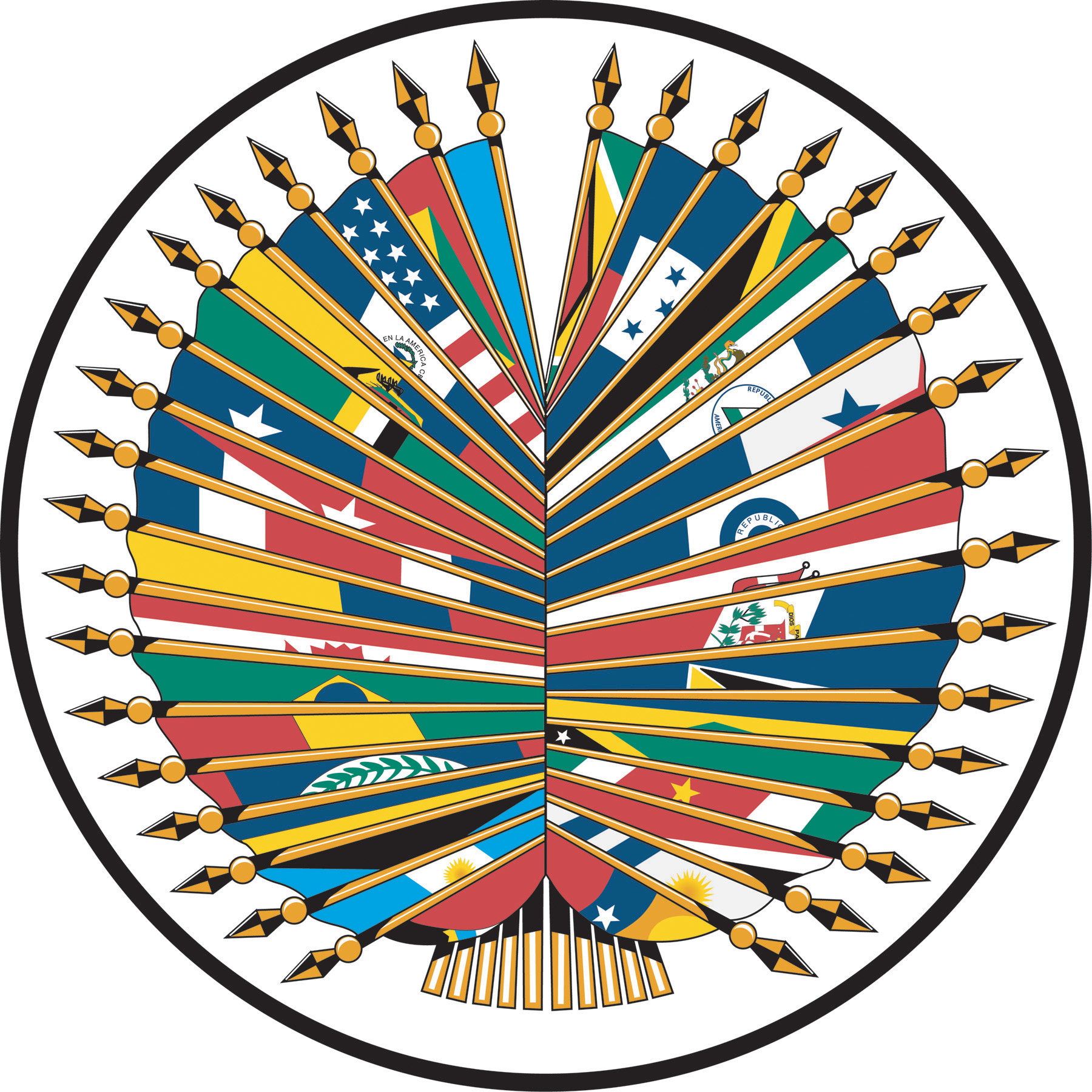The Organisation of American States is one of the oldest hemispheric groupings, having come into existence in 1948.
Its roots lie in the Inter-American System that came up at the turn of the century. Underlying the Inter-American System was the Pan-American idea, which originated in the 1880s.
It was developed by the United States as a way of promoting trade and settling disputes peacefully. It was based on the principles of international equality and cooperation. From the late 19th Century till the Second World War, relations between the United States and Latin America alternated from the Monroe Doctrine to Pan Americanism.
ADVERTISEMENTS:
But there was an inherent contradiction between the two approaches, the roots of which are visible even today. The OAS is unique in that it was the first regional organisation that was organised within the auspices of the United Nations Charter. From 21 founder members, it has a total of 35 today.
It was formed to promote peace, cooperation and understanding of the western hemisphere. But the usual differences between the United States and Latin America served to render the OAS ineffective by the late 1970s and early 1980s. Strife and civil war in Central America, the Falklands war in 1982, were among the reasons for this parting of ways.
The end of the Cold War brought a renewed economic focus to the region. Military regimes were also on their way out. This affected the traditional security oriented outlook of the OAS.
ADVERTISEMENTS:
But the OAS has received a lease of life with an agenda for promoting democracy. Regimes around the region, with a history of fragile democracy, have realised the importance of a free government, and have sought to formalise their commitment to democracy.
The Santiago Commitment in 1991 promised support to the process of democratisation in the continent, and resolved that any interruptions to the process would be met with immediate steps to resolve the situation.
Examples of its activities in this regard include the campaign for the restoration of democracy in Haiti following the coup there in 1991, the constant obstacles to democracy in Peru during the regime of Alberto Fujimori. More recently, it has been involved in the restoration of Hugo Chavez following the brief coup there in April 2002.
This also reflects the paradox in the aims of the OAS. Most members would like to maintain the principle of non-interventionism, but would also like to preserve the nascent democracy in Latin America. The rationale for intervention is perceived by several states as an excuse for the United States to intervene.
ADVERTISEMENTS:
OAS’s aims to preserve security and democracy are laudable but its failures in the most crucial problems of the region are jarring. The Falklands crisis and the case of Cuba are symptomatic of the discrepancies that arise when the interests of external powers become insurmountable hurdles.

